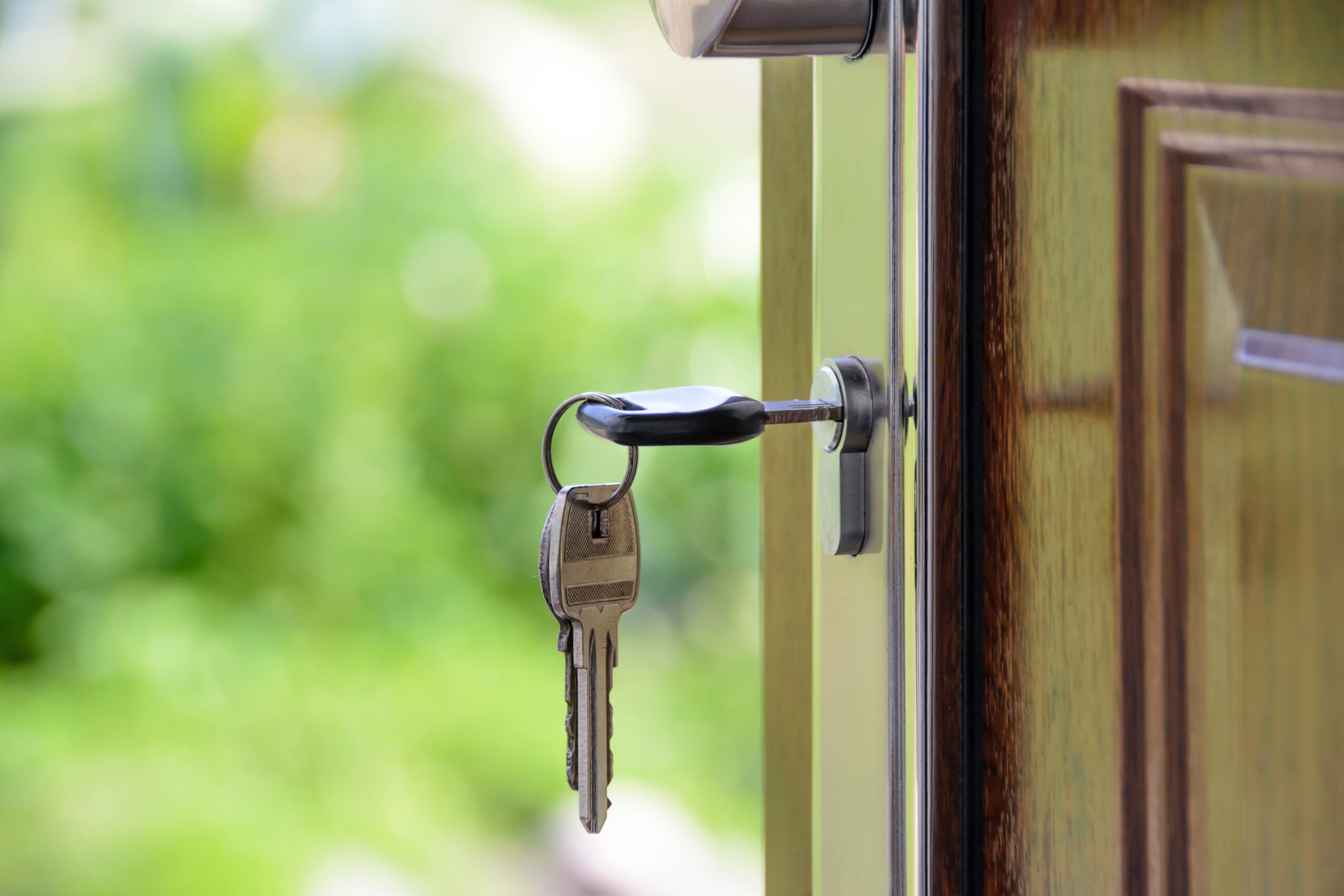Fund Your Home with a USDA Loan

Featured Author: Mark Schultz, a Senior Loan Officer at FNHF
There’s a multitude of loan programs available to today’s home buyer, and it can be challenging to weigh the pros and cons of each to find the perfect fit. But for eligible rural applicants, the U.S. Department of Agriculture (USDA) offers loan programs tailored to promote homeownership in those areas neglected by many other loan types.
First Nations Home Finance’s (FNHF) USDA program is one of our most popular offerings. It requires the borrower to pay only agreed-upon closing costs and prepaid items, but does not require any money as a down payment. However, there are two different USDA residential loan programs that any prospective homebuyer should understand before committing to this loan type.
The first program is the Single-Family Housing Direct loan, which caters to low-income borrowers. This program can often run off-schedule through turn times and funding delays. These loans are bought and serviced directly by the USDA and can often fall victim to underwriting delays. For these reasons and more, FNHF does not offer Single-Family Housing Direct loans.
FNHF does offer Single-Family Housing Guaranteed loans. Under this program, loans are purchased by private third-party investors and guaranteed by the USDA. By shifting the closing process to a private lending institution such as FNHF, Single-Family Housing Guaranteed loans cut down dramatically on funding times associated with their Direct counterpart. Guaranteed loans are also more flexible about income requirements, having been crafted to fit low- and moderate-income borrowers.
At this point many borrowers express a compulsory “What’s the catch?” It all turns on income and eligibility of the area you’re looking to buy your new home. As a needs-based program, applicants have to demonstrate that they do not have too high of an income to qualify, and that they fit into one of two occupancy limits for households with one-to-four people or five-to-eight people.
Eligible locations can usually be overlaid neatly on areas with a population of fewer than 20,000 people per city, but exceptions do exist based on census data. Click here to see the USDA’s map of qualifying areas.
Since the USDA’s goal is to increase homeownership in rural areas and not income generation from eligible properties, homes under this loan program must be single family residences that produce no income. Therefore, working farms or multi-family residences being rented out do not qualify for Single-Family Housing Guaranteed loans.
Manufactured homes are eligible as long as they are new construction and never previously occupied. Eligible properties must be in good condition with any health or safety issues identified by the appraiser being resolved prior to the close of escrow.
One unique benefit to this loan program is that USDA will loan on the appraised value, even if it comes in higher than the agreed-upon sale price. But any difference in those two sums must be applied towards closing costs. Sellers may also assist with closing costs to a maximum of 6%. Due to those two benefits, a scenario exists where a borrower could get into a new home with absolutely nothing out-of-pocket.
Borrowers must qualify for USDA Single-Family Housing Guaranteed loans through all the same means as normal, with credit score, debt-to-income ratios, financial reserves, and other factors affecting the determination of creditworthiness.
If you think this program sounds like a good fit for your family and your area, call me or a First Nations Home Finance loan officer today to learn more about buying your own piece of the wild to call home.


Comments are closed.